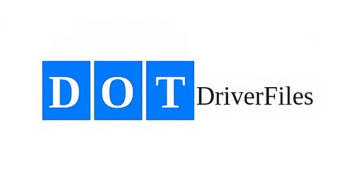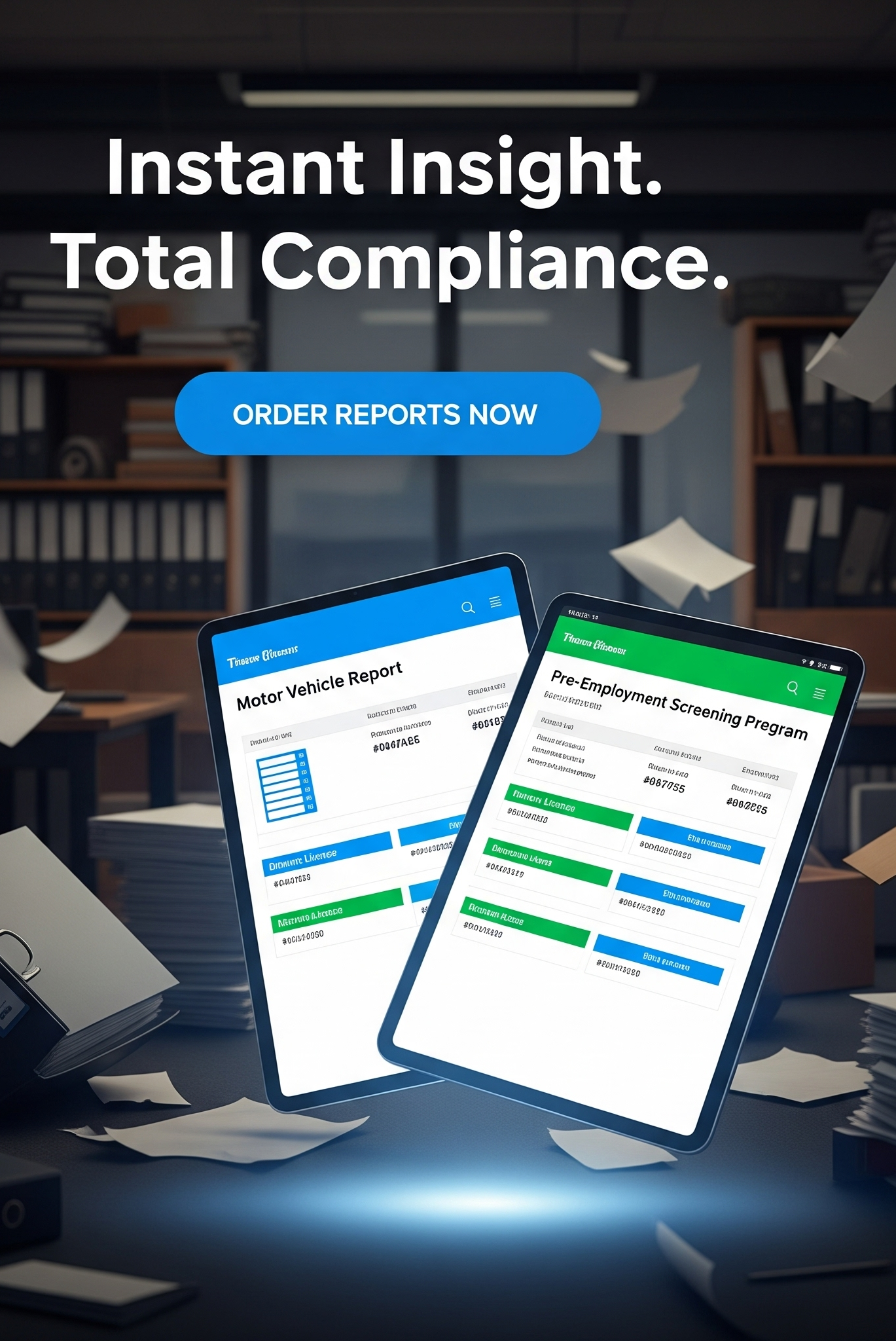Are you doing enough to ensure the safety of your fleet? With 2,122 deaths in work-related vehicle accidents in the US in 2019, it’s time to take a closer look at your fleet safety management.
Having a proper fleet safety program is crucial in preventing fatalities and promoting a strong safety culture within your organization. By implementing effective fleet safety solutions and driver safety programs, you can reduce accidents, improve driver behavior, build client trust, and streamline compliance with regulations.
Key Takeaways:
- An effective fleet safety program is essential for preventing fatalities and promoting a strong safety culture.
- Key elements of an effective fleet safety program include an easy-to-follow plan, regular safety training, rewards for safe driving, and proactive vehicle maintenance.
- Driver coaching and in-vehicle monitoring software can significantly decrease risky driving behavior.
- Creating a positive work environment, offering driver support, and setting clear expectations are essential in building an effective fleet safety culture.
- An effective fleet safety program can improve CSA scores by focusing on driver behavior, vehicle maintenance, and adherence to safety regulations.
Implementing Safety Measures and Training Programs
When it comes to fleet safety, implementing comprehensive safety measures and training programs is crucial. By prioritizing safety protocols for fleets and investing in driver education, businesses can significantly reduce the risk of accidents and promote a culture of safety.
One key aspect of fleet safety is pre-employment screening and background checks. By thoroughly vetting potential drivers and selecting those with good driving records, you can ensure that your fleet is manned by qualified and responsible individuals.
Regular driver training programs should also be a priority. These programs should focus on defensive driving techniques to equip drivers with the necessary skills to navigate the roads safely. By providing ongoing training opportunities, you can keep your drivers up-to-date with the latest safety practices and regulations.
Additionally, safety education programs can play a significant role in promoting safe driving practices. These programs should cover topics such as safe driving techniques, first aid, and the rules of the road. By equipping your drivers with the knowledge necessary to handle various situations, you can enhance fleet safety.
Utilizing fleet management software is another effective strategy for improving safety. This software can identify unsafe driving practices, evaluate the effectiveness of routes, and aid in vehicle recovery. By leveraging technology, you can proactively address potential safety hazards and make data-driven decisions to protect your fleet.
Building a culture of safety is essential in maintaining fleet safety. By promoting open communication, providing recognition and rewards for safe driving, and fostering a positive work environment, you can engage your drivers and create a safety-conscious team.
Regular monitoring and feedback are critical in ensuring ongoing safety. By monitoring driver performance and incorporating driver input in developing new safety measures, you can adapt and improve your safety protocols as needed.
| Safety Measures and Training Programs | Benefits |
|---|---|
| Pre-employment screening and background checks | – Select qualified drivers – Evaluate driving records |
| Regular driver training programs | – Improve defensive driving skills – Stay updated with safety practices |
| Safety education programs | – Promote safe driving techniques – Enhance driver knowledge |
| Utilizing fleet management software | – Identify unsafe driving practices – Evaluate route effectiveness – Aid in vehicle recovery |
| Building a culture of safety | – Promote communication – Provide recognition and rewards – Foster a positive work environment |
| Regular monitoring and feedback | – Monitor driver performance – Incorporate driver input – Improve safety protocols |
Preventive Maintenance and Safety Equipment
Implementing a preventive maintenance plan for all vehicles in your fleet is essential to avoid breakdowns and ensure safe operations. Regular maintenance not only prevents costly repairs but also helps identify potential issues before they become major problems. By scheduling routine inspections and following manufacturer-recommended maintenance tasks, you can minimize unplanned downtime and keep your fleet in optimal condition.
Creating a checklist that includes key maintenance items such as checking tire pressure, topping off fluids, and inspecting lights is important. Performing these quick maintenance tasks regularly can help identify any issues early, ensuring that your vehicles are safe to operate on the road.
In addition to preventive maintenance, equipping your vehicles with the necessary safety equipment is vital. Having a well-stocked safety kit on board can make a significant difference in case of emergencies. A comprehensive safety kit should include items such as:
- A first-aid kit
- Flares
- A flashlight
- A blanket
- Water
These items can provide immediate assistance in critical situations, ensuring the well-being of your drivers and any passengers involved.
| Item | Quantity |
|---|---|
| First-aid kit | 1 |
| Flares | 5 |
| Flashlight | 1 |
| Blanket | 1 |
| Water | 6 bottles |
Regularly checking and replenishing the first-aid kit, as well as ensuring it is present in every vehicle, is of utmost importance. Moreover, educating your drivers on the proper use of safety equipment and including such practices as part of their training program can further enhance their preparedness for emergencies.
Building a Comprehensive Fleet Safety Program
Building a comprehensive fleet safety program is crucial for ensuring a safe work environment and protecting against liability. To start, it is important to identify all drivers, including those using personal and rented vehicles, to be aware of non-owned vehicle exposure. This allows for a holistic approach to fleet safety management.
Management commitment and support are essential for the success of the fleet safety program. By demonstrating a strong commitment to safety, leadership sets the tone and reinforces the importance of safe driving practices. This includes screening and selecting drivers carefully, establishing clear hiring standards, and conducting thorough screening processes to ensure that only qualified and responsible individuals join the fleet.
In addition to driver screening, providing driver training and education on vehicle safety policies and procedures is crucial. Defensive driving instruction should be included to equip drivers with the necessary skills to navigate various road situations safely. Ongoing driver management, including monitoring compliance with fleet safety rules and safe driving practices, is essential for maintaining high standards of safety within the fleet.
Accidents are an unfortunate reality, but how they are managed is critical. Establishing written policies and procedures creates a framework for consistent accident management. It ensures that accidents are reported promptly, necessary information is gathered, and appropriate actions are taken. Furthermore, a comprehensive fleet safety program must include a plan for regular vehicle inspection and maintenance to detect and address potential safety concerns before they escalate.





